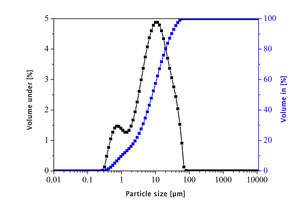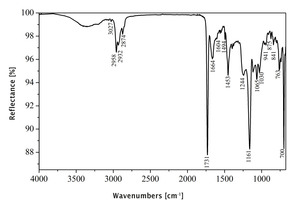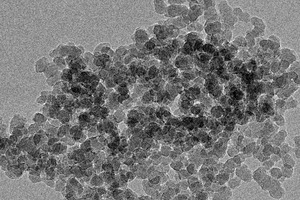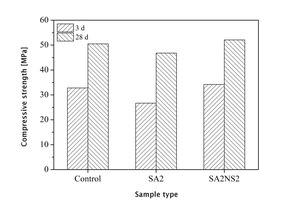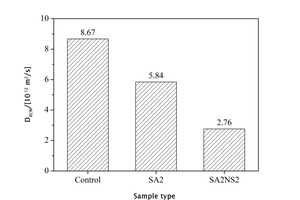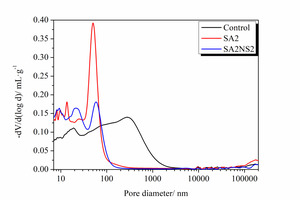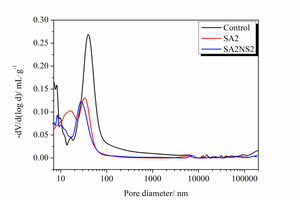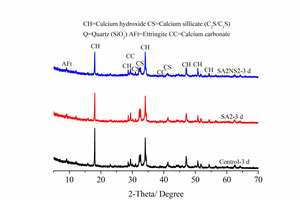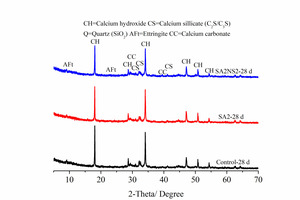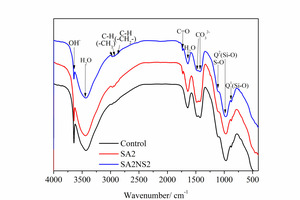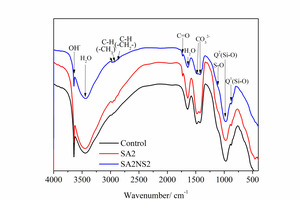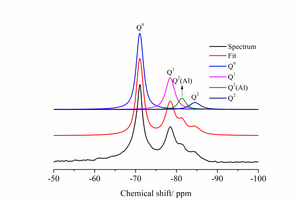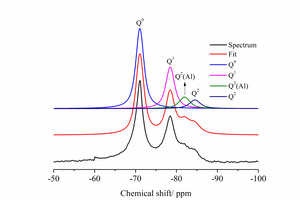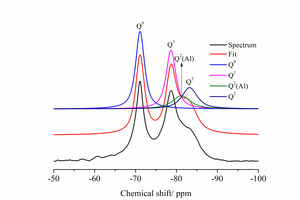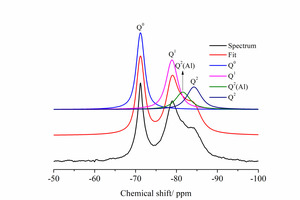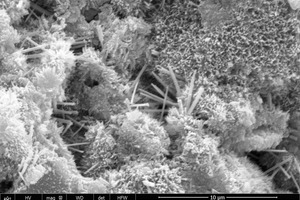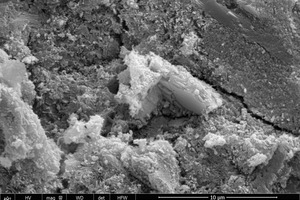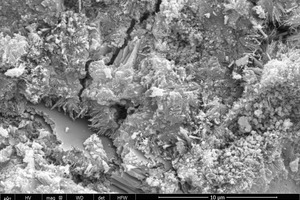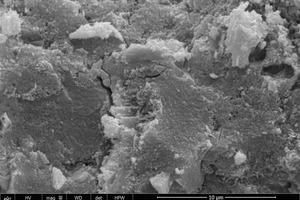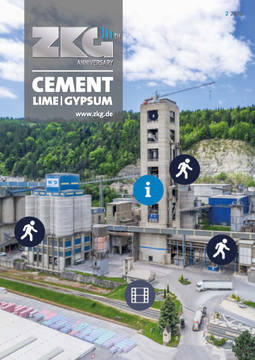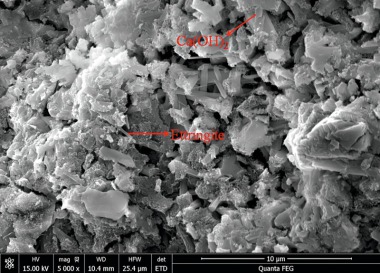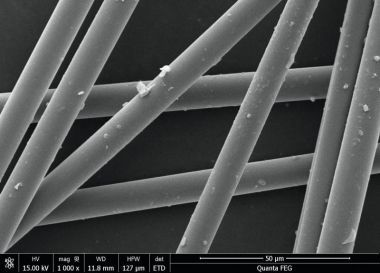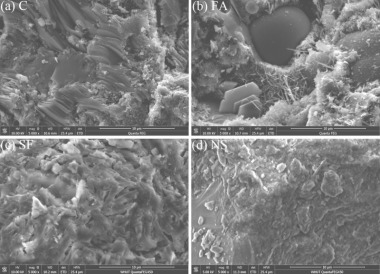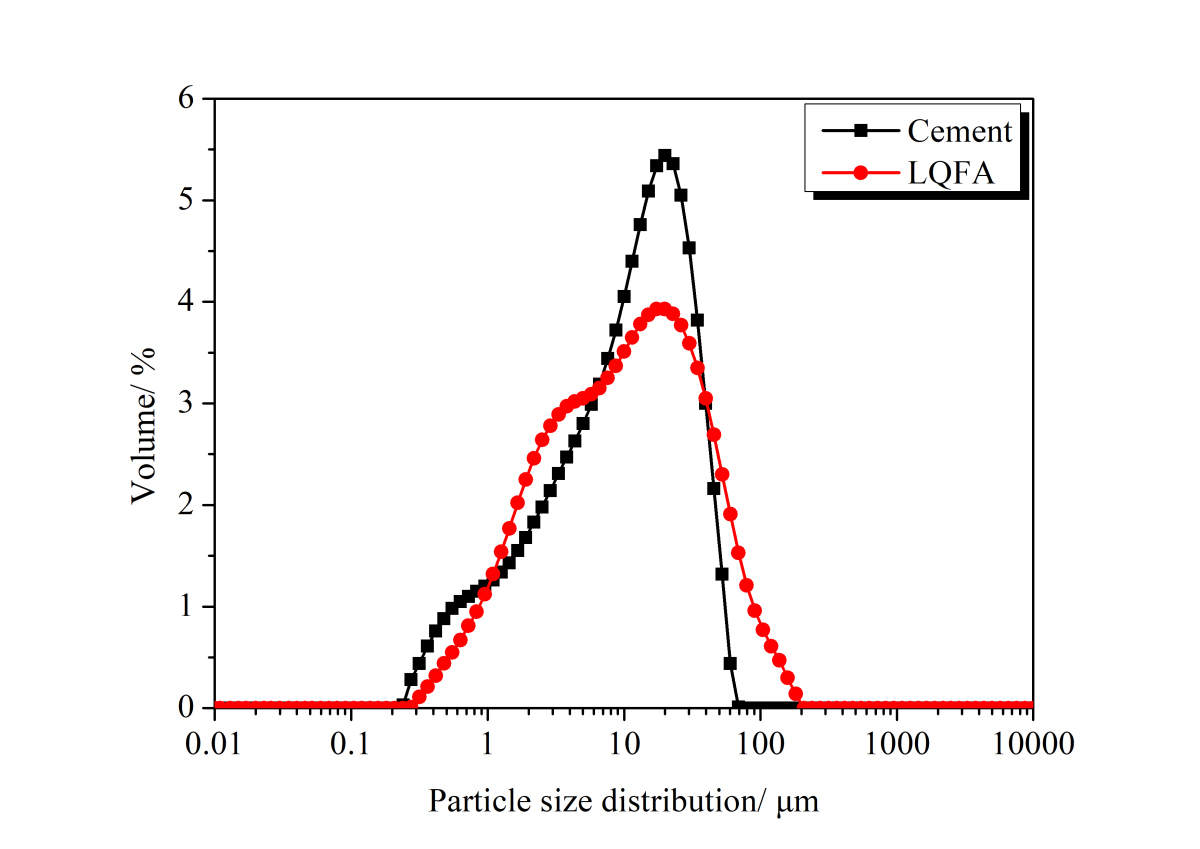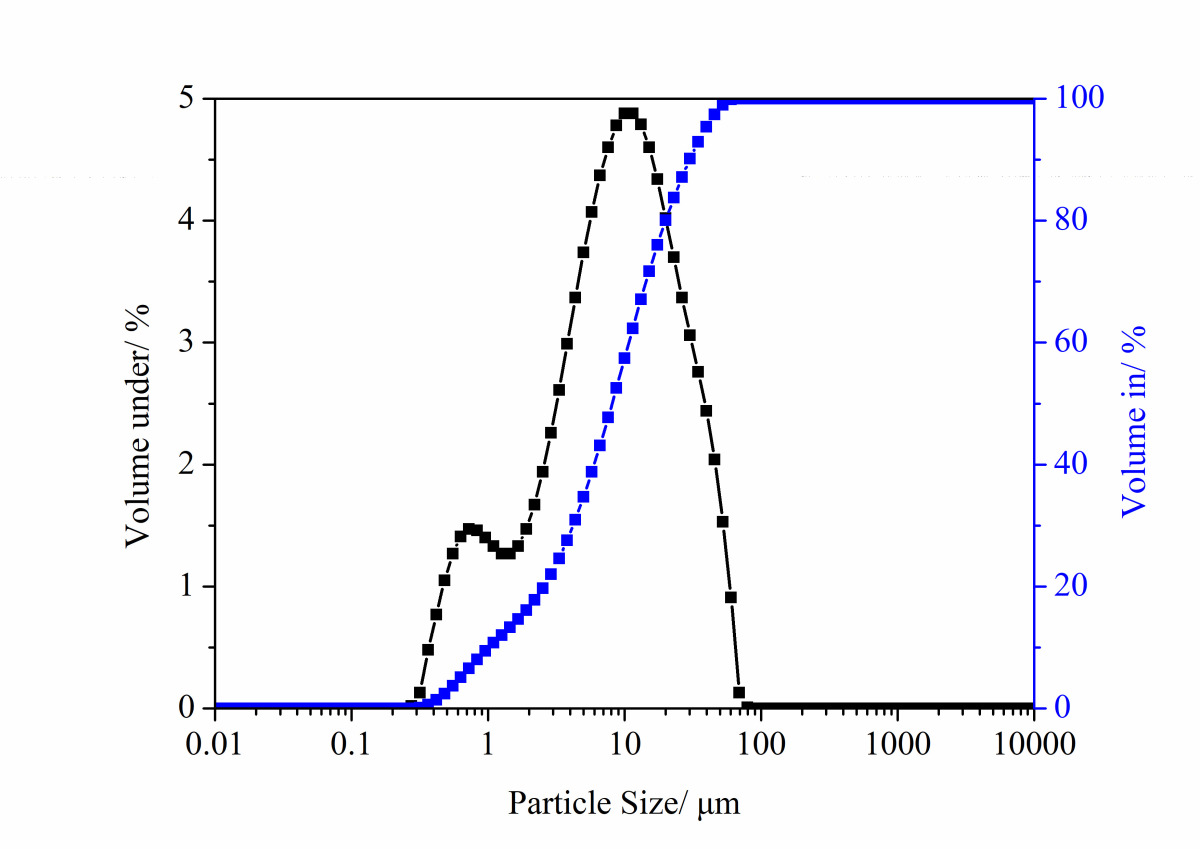Strength and impermeability of cement-based materials containing nano silica-polymer composites
The influence of nano-SiO2 (NS)/styrene-acrylate (SA) latex composites on the strength and impermeability of cementitious materials was studied and the underlying mechanism is discussed on the basis of its effect on the hydration characteristics and microstructures. The results show that the loss of early strength and delay of hydration caused by the SA mix by itself could be significantly improved by the combined addition of SA-NS. This combined addition of SA-NS can also reduce the total pore volume, refine the pore structure, decrease the amount of harmful and more harmful pores and increase the degree of hydration of the cement clinker and the degree of polymerization of the C-S-H gels, thereby improving the strength and impermeability.
1 Introduction
Concrete is the most widely used civil engineering material in the world. Over the years the output of concrete from China has made up more than half the world’s total output. Concrete is a brittle, heterogeneous, material that will inevitably suffer from physical and chemical erosion when it is in service, especially in complex service environments. This may include chloride salt, sulfate, carbonate and water erosion, resulting in a decline in performance or even destruction of the whole structure [1], thus reducing the safety and durability of buildings. These durability...

